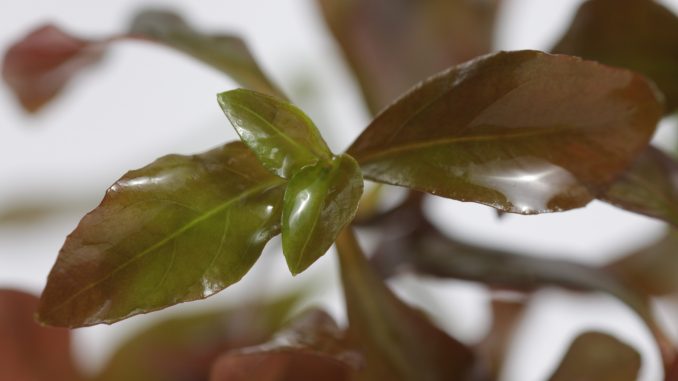
If you are looking for an attractive but easy to care for aquatic plant, then Ludwigia repens could be the right choice for you.
This species boasts some powerful colors, it really stands out in a fish tank. As a tall plant, it’s a great way to fill some empty spaces higher up the tank.
It is very easy to care for too, so you don’t have to spend much time looking after it.
We will explain how to successfully keep L. repens in your aquarium; describing what they look like, their ideal setup, and how to easily propagate them.
TABLE OF CONTENTS
Ludwigia Repens Facts & Overview
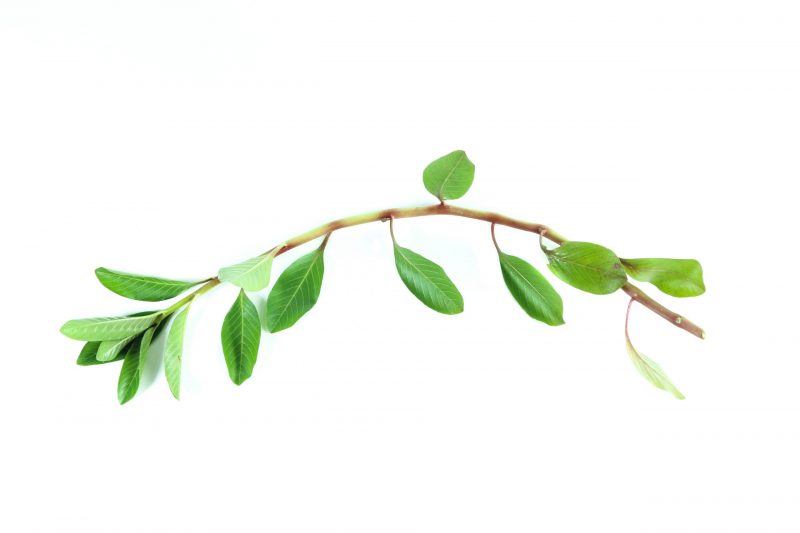
| Category | Rating |
| Care Level: | Easy |
| Lighting: | Low to medium |
| Color Form: | Red or green |
| Origin: | North and Central America |
| Height: | 12-20 inches |
| Family: | Onagraceae |
| Minimum Tank Size: | 10 gallons |
| Tank Set-Up: | Tropical freshwater |
| Growth Rate: | Fast |
This is one of the most popular aquarium aquatic plants due to its versatility and robustness, which makes it particularly desirable for beginners.
L.repens is the scientific name for this species, but it is also known as Red-Leaf Ludwigia, Red Repens or Creeping Primrose Willow.
It is part of the Onagraceae family, more commonly known as the evening primroses, which contains roughly 650 species.
While evening primroses are found on every continent, L. repens is found in tropical waters and is native to North and Central America.
The species is amphibious; it needs to be near water, but it can grow either partially or fully submerged. This makes it great for a paludarium.
This species grows quite tall so it is usually kept at the rear of an aquarium where it can be seen but can’t hide any other attractions in the tank.
L.repens is quite common so it should be easy to find some near you for just a few dollars.
When buying some, look out for healthy reddish coloring and make sure the leaves aren’t damaged in any way. Buying a young plant will help it to adapt to your tank’s conditions.
Appearance
This tall plant provides shelter all the way up the water column. This adds some interest and color to the often-empty upper regions of an aquarium.
Each creeping stem typically grows anywhere from 12 to 20 inches, but you can control this by trimming the top of the stem when it grows beyond your preferred level.
A stem will be 2-3 inches in width, accounting for the length of the leaves.
The stem is usually red whereas the color of the leaves can vary. Some are a deep green, but others are a beautiful deep red which stands out amongst other species.
Brighter lights tend to be better at bringing out the stronger colors of your plants. The bottom of a leaf is more likely to display red hues than the top.
You may spot small flowers emerging with four yellow petals.
Habitat and Tank Conditions
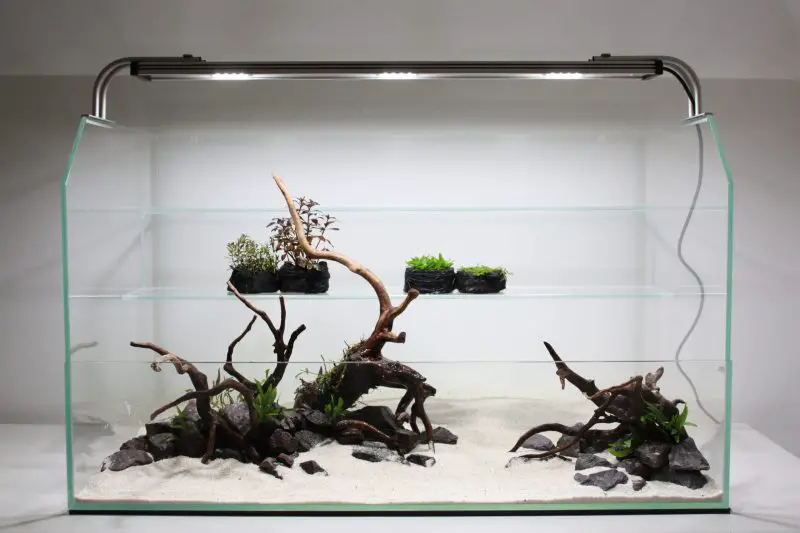
This species thrives in tropical freshwater environments. Originally from the US and Mexico, it is now found abundantly in Africa, Asia, and Australia.
Its high tolerance to a range of conditions makes it easy for L. repens to spread to new areas. This means it can be found in many habitats, like rivers, lakes, ponds, and streams.
Sometimes they grow fully submerged in the water, but this isn’t necessary for survival. They just need to be near a larger source of freshwater. The water would typically be warm with a fairly neutral pH.
Recreating these natural conditions is the best way to ensure the health of L. repens, even though they are hardy and can adapt to other environments.
Tank Conditions
L.repens have strong roots so most substrates are viable for the bottom of the tank. It’s safest to avoid sand though as this could suffocate the roots.
When choosing somewhere to plant it in the tank, consider whether it has plenty of access to light and if it will be competing with other plants for nutrients and space – don’t place stems too close together.
The ideal temperature falls between 20-28°F, so you’ll likely need a heater. The water can be anywhere from soft to hard but maintain a pH of 6.0-8.0.
Low to medium lighting is preferred, but most standard aquarium lighting is fine. Aim to leave the light on for 8-10 hours a day.
Some ‘super-red’ varieties of L. repens have been grown. These generally have the same preferences except they need brighter lighting. Without it the red color will fade.
L.repens is very capable of growing without fertilizer or CO2 injections.
What Size Aquarium does it need?
It is recommended to keep L. repens in at least a 10-gallon aquarium because it can grow quite tall and will quickly exceed the size of smaller tanks.
It is possible to use smaller tanks (even nano tanks), but you will need to pay closer attention to your plants. You will have to trim them down to a suitable size more often, using up more of your time.
Care
This is a sturdy species that can survive most of whatever may come it’s way. Beginners will appreciate this quality, especially if they are prone to making mistakes.
There are a few basic care requirements that are the same for anything you’d keep in your aquarium. You must keep the aquarium clean.
This might just be a matter of performing regular water changes and removing excess algae.
L.repens grows quickly so keep an eye on the height of your stems. You can use scissors to trim the top when they get too big for the tank, or just bigger than you would like.
The cuttings can be used for propagation. If you want to dispose of them, add them to compost, bury them or dissolve them in bleach.
Other methods of disposal could introduce L. repens to your local environment as an invasive species.
When first adding these plants to your setup, you may experience a phenomenon called ‘melting’, which is a reaction to a change of environment. A plant’s leaves become thin and soft before eventually falling off.
Remove the dead parts; any new growth should be better adapted to the new water conditions.
Supplements like fertilizers and CO2 injections are largely unnecessary. The plant will be able to thrive without them
If you do use CO2 injections, more light and nutrients will also be needed. This will increase the growth rate, so maintenance will be required more often too.
Tank Mates
There are lots of options available to you when designing the community in your aquarium.
This hardy species gets on well with most species, it can even survive light nibbling from certain fish.
Don’t mix L. repens with particularly destructive fish. Species like Oscars often uproot plants and L. repens may not be able to recover.
Safer options include Otocinclus, Kuhli Loaches, Mollies, Guppies, Neon Tetras, Zebra Danios, Platies, and Angelfish.
Invertebrates are very popular for home aquariums nowadays, and they can make great tank makes for L. repens. Try snails and shrimps like Mystery Snails, Nerite Snails, Malaysian Trumpet Snails, Ghost Shrimp, Amano Shrimp, and Cherry Shrimp.
Avoid Crabs and Crayfish as these will destroy live plants unless you float them on the surface.
L.repens can be grown alongside most other plant species, as long as they aren’t kept too close together where they’d have to compete for space.
Propagation
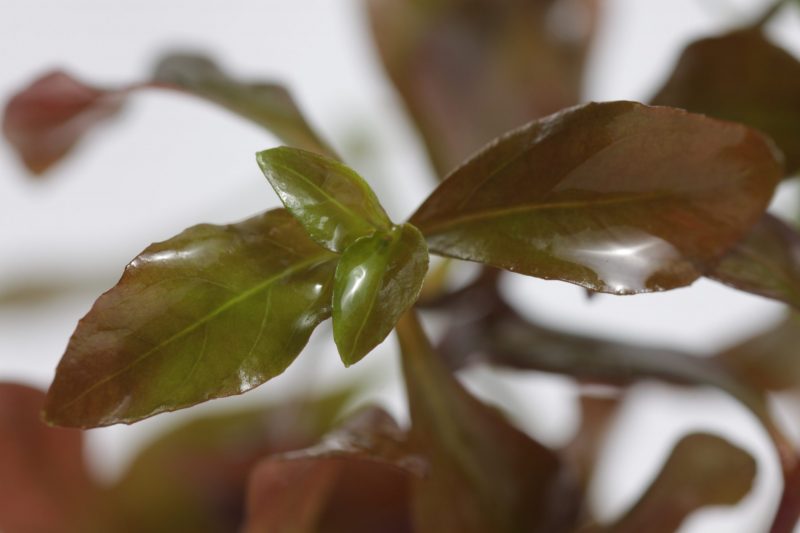
It is very easy to propagate L. repens. It’s as simple as trimming the top of a stem and planting the cutting in the substrate to form a brand new plant.
Make sure the cutting has some leaves or it won’t be able to grow. Remove the leaves at the bottom of the stem before planting it, to prevent them from decaying when buried.
Place enough of the stem in the substrate for it to remain secured in place, otherwise, it could be moved by a current or fish.
The cutting should be placed in an area with access to light and where there won’t be other stems competing for resources.
If the plant grows above the surface of the water, you may observe another form or reproduction. Yellow flowers will develop and drop seeds to the substrate, from which a new plant grows.
Is Ludwigia Repens Suitable for Your Aquarium?
There are lots of benefits to keeping live plants; they oxygenate the water, take in certain pollutants, and provide shelter for animals. L. repens does all of this and more.
It is one of the most attractive options when picking a live plant. The deep reds stand out in contrast to the greens or other species. They are a great way to increase the amount of color in your aquarium.
They are incredibly easy to care for, just needing a trim now and then when they get too big. Beginners will be able to do this with ease.
This species makes a good entry point for live plants before you move on to something a bit more difficult.
What do you like best about Ludwigia Repens? Let us know in the comments below…

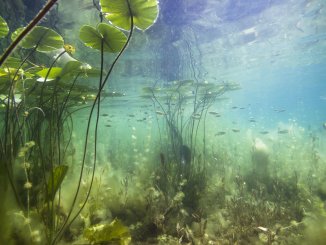

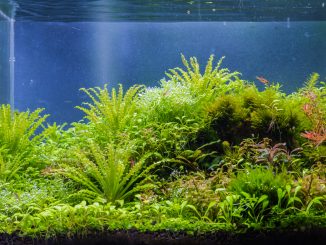
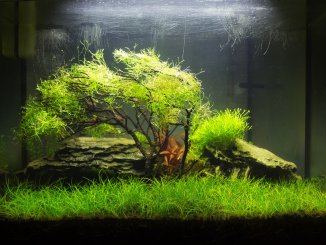
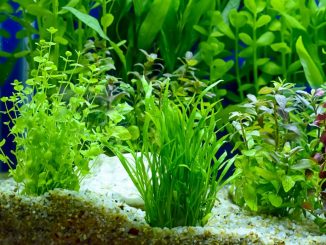
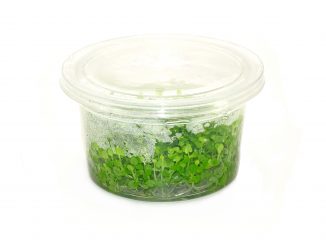
Be the first to comment